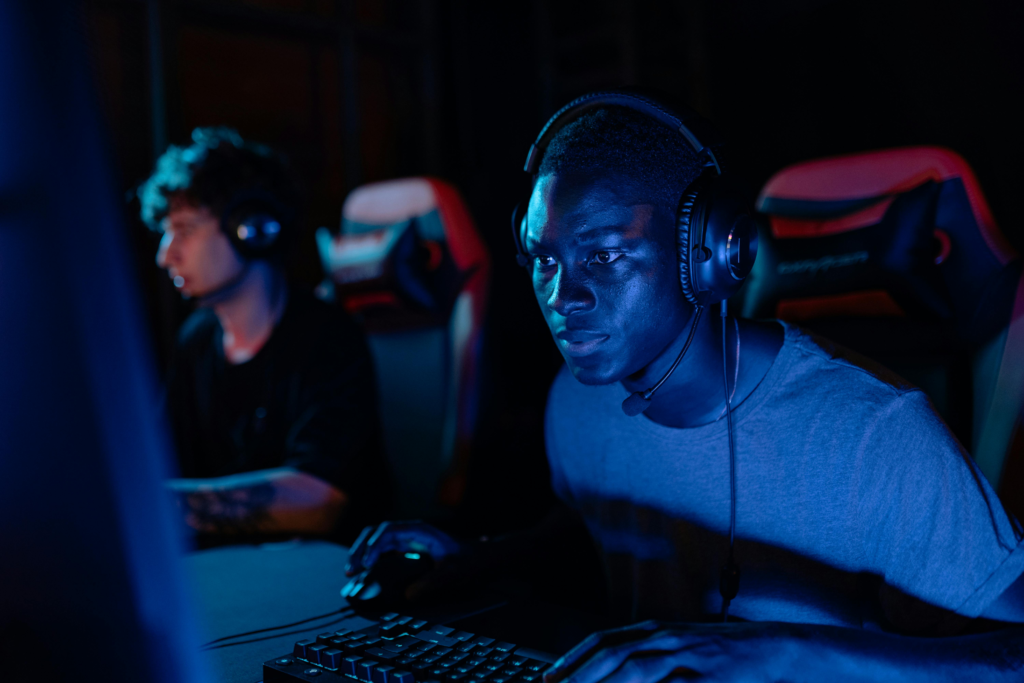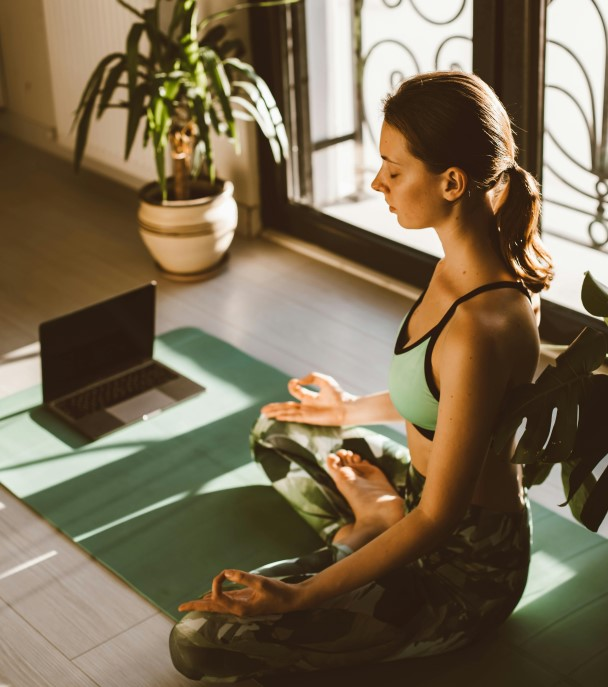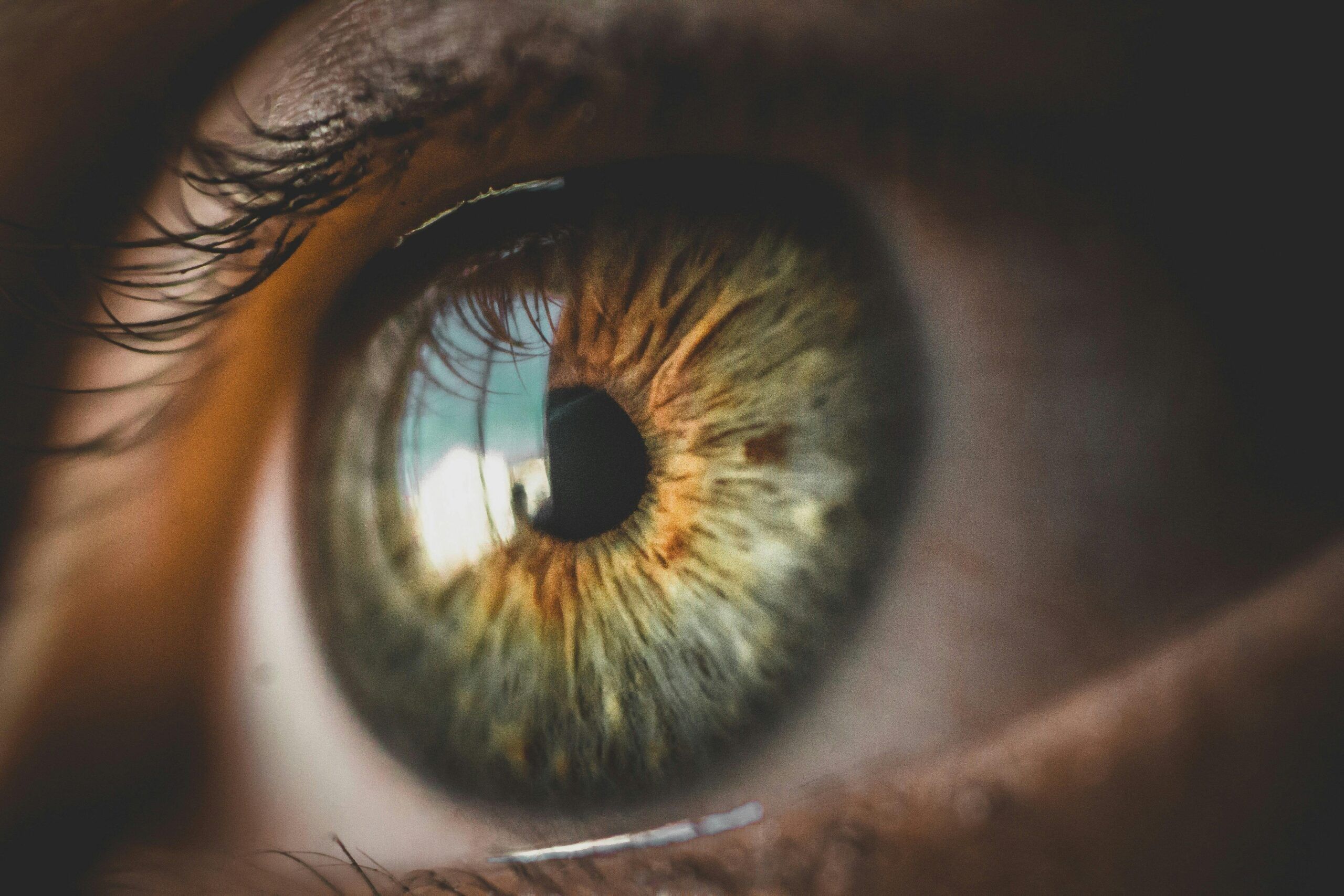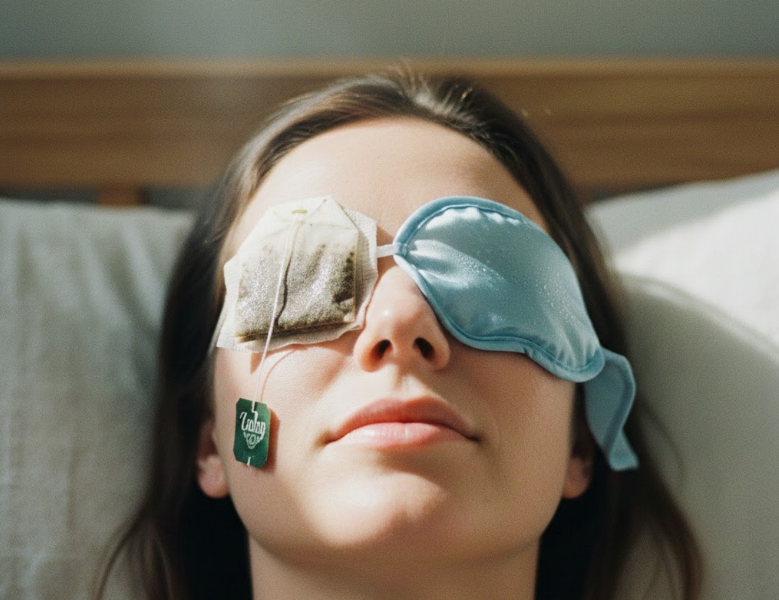🌿 Introduction
Every few seconds, your eyelids perform a small miracle — they blink. This simple, automatic act is something we rarely think about, but it’s one of the most essential functions for maintaining healthy eyes, sharp vision, and cognitive focus.
The average person blinks about 15–20 times per minute, yet in the digital age, that number can drop by more than 60% while using screens. The result? Dryness, discomfort, blurred vision, and even long-term stress on the corneal surface.
This article explores the fascinating science of blinking — how it protects your eyes, what happens when you blink less, and how to restore your natural blinking rhythm in today’s high-tech lifestyle.
👁️ 1. What Happens When You Blink
Blinking is much more than just “closing your eyes.” Each blink performs a series of synchronized actions that refresh, clean, and protect your visual system.
🔬 The Physiology of a Blink
When you blink, three main things occur:
- Lubrication: A thin layer of tears (the tear film) spreads evenly across the cornea, keeping it moist and nourished.
- Protection: Dust and debris are swept away to the corners of your eyes.
- Rest: Blinking temporarily resets the focus mechanism in your brain, improving clarity and comfort.
A healthy tear film has three layers:
- Lipid (oil) layer – prevents evaporation
- Aqueous (water) layer – provides hydration and nutrients
- Mucin layer – ensures tears adhere to the corneal surface
Without proper blinking, this delicate structure breaks down — leading to dry eye syndrome and visual fatigue.
💻 2. The Digital Age and Reduced Blinking
📉 The “Digital Blink Rate Decline”
Studies show that people using computers or smartphones blink 5–7 times per minute, compared to 15–20 at rest. This dramatic drop is called Incomplete Blinking Syndrome — and it’s now one of the primary causes of digital eye strain.
🤯 Why Screens Affect Blinking
- Concentration effect: The brain suppresses blink reflexes during focus.
- Bright light exposure: LED light overstimulates the retina, causing micro-fatigue.
- Reduced hydration: Air-conditioned environments accelerate tear evaporation.
As a result, the eyes dry out, focus deteriorates, and even cognitive performance declines over long sessions.

🌊 3. Why Blinking Is Crucial for Eye Health
Blinking keeps your cornea oxygenated and protected. Since the cornea has no blood vessels, it relies entirely on tears for oxygen and nutrients.
🩸 Key Benefits of Regular Blinking:
- Prevents dryness by spreading tears evenly.
- Removes micro-debris and bacteria.
- Maintains optical clarity for sharper focus.
- Supports cognitive reset, reducing visual fatigue.
A single missed blink may not matter, but thousands of missed blinks each day lead to cumulative stress on the ocular surface — a hidden cause of chronic dry eye disease.
🧘 4. How to Train Yourself to Blink Better
The good news? You can retrain your blinking reflex through simple daily exercises.
👁️🗨️ 1. The Full Blink Exercise
- Every 20 minutes, close your eyes completely for 2 seconds.
- Open them slowly and blink naturally 5–6 times.
- Helps reset tear distribution.
🧘♀️ 2. Palming Technique
Rub your hands together and gently cup them over your eyes for 30 seconds.
This reduces tension in the ocular muscles and boosts circulation.
⏱️ 3. The 20-20-20 Rule (With a Twist)
Every 20 minutes:
- Look at an object 20 feet away for 20 seconds.
- While doing so, blink 5–10 times intentionally.
💧 4. Optimize Your Environment
- Keep humidity between 40–60%.
- Use artificial tears (preservative-free).
- Position your screen slightly below eye level to reduce evaporation.

🧬 5. The Brain–Blink Connection
Recent neuroscience has revealed that blinking does more than just refresh your eyes — it resets your brain.
During each blink:
- Neural activity in the visual cortex temporarily pauses.
- The default mode network (DMN) activates — a system linked with mental rest and creativity.
- Micro-pauses in blinking help the brain process and store recent visual information.
This means that blinking is not merely a physical act, but a neural synchronization event — balancing visual input and cognitive load.
💤 6. Blinking and Sleep Quality
Blink rate and tear quality are linked with circadian rhythm. Late-night screen exposure delays melatonin release, which decreases tear production and leads to poor eye lubrication.
Healthy blinking during the day supports tear gland balance, which directly affects night-time comfort and sleep quality.
🥦 7. Nutrition and Hydration Support for Healthy Blinking
Your blinking efficiency depends on your tear film quality, which in turn depends on diet and hydration.
🧡 Nutrients for Better Tear Production:
- Omega-3 fatty acids (salmon, flaxseed) – reduce inflammation in meibomian glands
- Vitamin A – essential for corneal integrity
- Lutein and zeaxanthin – protect retinal cells from blue light damage
- Hydration – maintain fluid balance for optimal tear volume
💡 8. Eye Biohacking: Modern Tools to Enhance Blinking
Eye health innovators are developing AI-powered blink trackers and smart glasses that monitor blink frequency.
Some wearables gently remind users to blink more often or adjust screen brightness dynamically. Combined with digital detox habits, these tools help restore natural blink rhythms.
🧠 9. The Hidden Dangers of Under-Blinking
Ignoring blink fatigue can lead to:
- Chronic dry eye disease
- Corneal microdamage
- Blurred vision and headaches
- Reduced productivity and focus
Long-term under-blinking can even contribute to meibomian gland dysfunction, a condition that impairs natural tear secretion.
📚 10. Building a “Blink-Healthy” Lifestyle
- Limit screen use before bed.
- Practice mindful blinking (especially during reading).
- Adjust lighting to minimize glare.
- Keep hydrated and take micro-breaks.
- Schedule annual eye checkups.
❓ FAQ
Q1: How often should I consciously blink when working on a computer?
Every 20 minutes, do 5–10 deliberate full blinks to reset your tear film.
Q2: Can blinking exercises improve dry eyes?
Yes — consistent blinking retrains your muscles and promotes better tear spread.
Q3: Are there apps that remind me to blink?
Yes, several “blink reminder” extensions and apps are available for both desktop and mobile devices.
Q4: Why do I feel strain even if I blink normally?
It could be due to poor posture, blue light exposure, or dehydration — all of which amplify strain symptoms.
✅ Conclusion
Blinking is one of the simplest yet most powerful tools for preserving your vision in a digital world. It’s an automatic act of self-care built into our biology — a natural way for your eyes and brain to rest, hydrate, and refocus.
In the fast-paced, screen-dominated environment of 2025, learning to blink consciously may be the smallest habit with the biggest impact on your long-term eye health.
Your eyes don’t need more effort — they just need more blinks.



